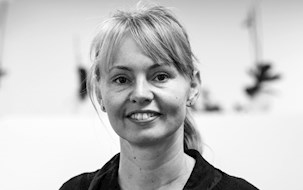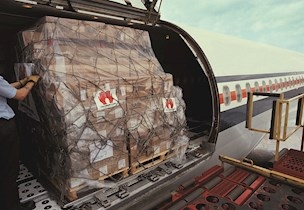The Association of Danish Window Manufacturers seeks clearer environmental declarations
The increasing focus on the environmental impact of building materials has led VinduesIndustrien and Grundejernes Investeringsfond to start a project mapping the impact of different window types in environmental product declarations (EPDs).
These years, the building industry is going through a process of change with an increased focus on sustainability and circularity. Both political, among consumers and in the building industry there are increasing demands of lifecycle sustainability in buildings from extraction of materials to transportation, production, construction and use of buildings to end-of-life. This requires much more knowledge of the environmental profile for every building product, as it is impossible for the builder to assess all the building products in a construction project.
VinduesIndustrien also experiences increased focus on materials used in windows. The EU is currently working on developing shared guidelines for environmental product declarations (EPDs), however it could take a while before they are final. Johny H. Jensen, Director in VinduesIndustrien, says: ”We experience an increasing market demand for environmental information about the window manufacturing process. That’s why we, together with Grundejernes Investeringsfond, have initiated the environmental product declarations for a number of products.
Mapping environmental consequences in environmental product declarations
“We contacted FORCE Technology and agreed to produce four industry specific environmental product declarations for four typical Danish window types”, says Johny H. Jensen and continues: “12 different window manufacturers have been a part of the project, so we have a representative selection from the Danish window industry”.
An environmental product declaration is used to provide documentation of environmental impacts of a product – in this case windows. Thereby an environmental product declaration can be used both by the manufacturer and the industry to map the environmental challenges and to put effort on them. At the same time the environmental product declaration provides standardized and easily comparable information about the product, which allows the builder to compare the products’ environmental profile with similar products.
Therefore, the environmental product declaration typically counts as an advantage if a building is to be environmental certified.
Environmental product declarations adapted the demand of the building industry
Environmental product declarations for building materials must follow the CEN standard, EN 15804, which precisely specifies the necessary environmental impacts and how they are calculated.
The final environmental declarations cover the production phase and contain information about the raw materials, the production of the individual components, transportation, production and packaging of the final construction product.
Building materials can affect the environment in different ways such as the climate, acidification of the environment or degradation of the ozone layer. Besides the direct environmental impacts, waste and consumption of fossil and renewable resources are also assessed. Depending on the product category, certain environmental impacts are more significant than others and even within windows there is a difference.
FORCE Technology has been an independent advisor and project manager on the project, which is funded by VinduesIndustrien and Grundejernes Investeringsfond. FORCE Technology has collected and processed all data and subsequently prepared the actual environmental declarations. The results have also been disseminated at the members' meetings in VinduesIndustrien where window producers have had the opportunity to ask questions.
"Both VinduesIndustrien and the participating companies have been extremely pleased with the project process and clearly see a value in the environmental declarations that have been prepared," says Johny H. Jensen, and continues: "As an industry, we see it as a strength that we are ahead of the development and the requirements from the EU. This means that the Danish window industry is already preparing for the future. "


